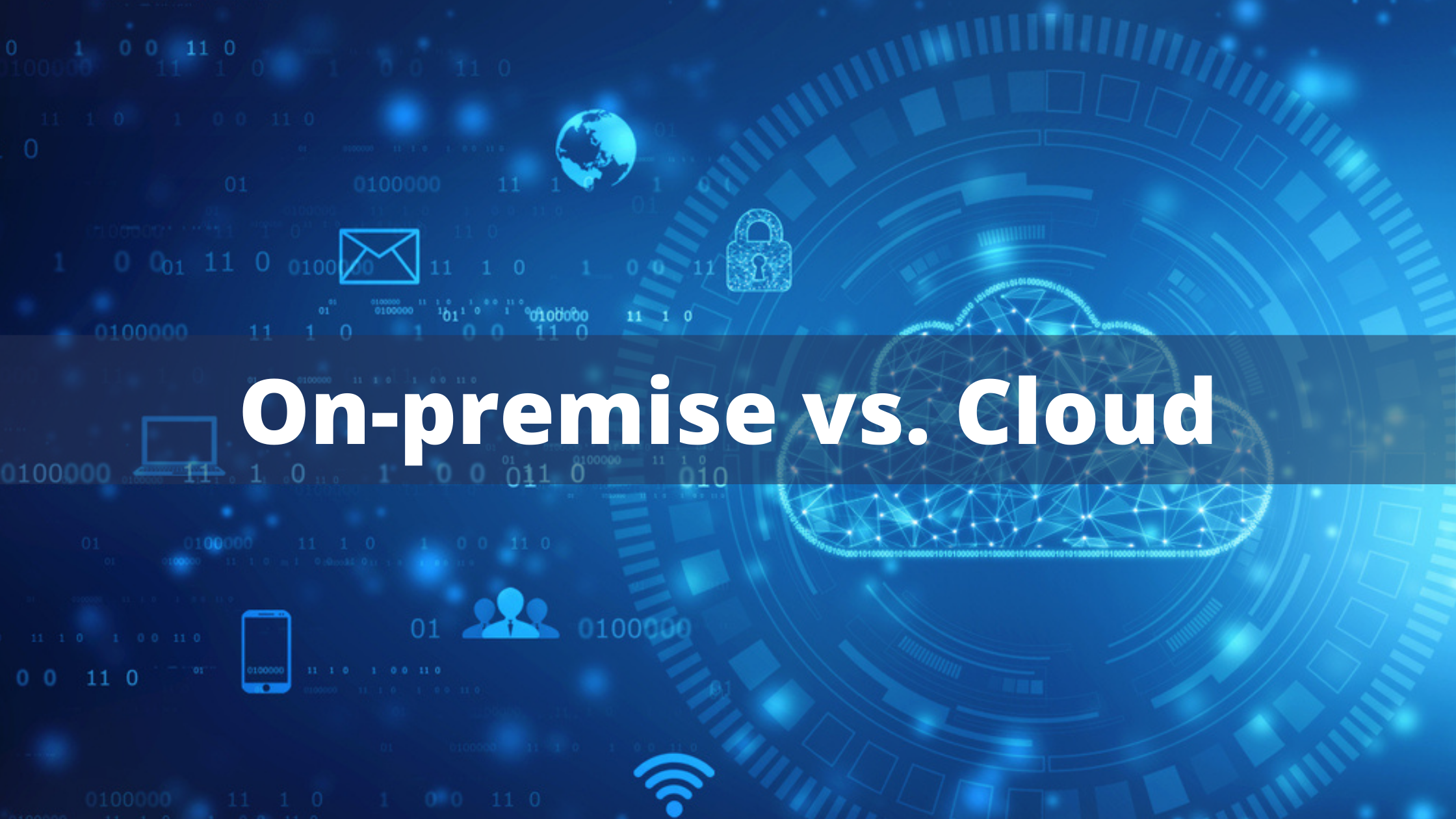Determining whether to go for cloud computing or on-premise infrastructure is a subjective choice for each organization. It involves analyzing business processes, needs, maintenance, scaling, etc. With time, the demand for cloud computing is increasing. To understand if cloud computing is beneficial over on-premise infrastructure, we need to understand what is on-premise infrastructure, cloud computing, and the difference between on-premise vs. cloud.
What is On-Premise Infrastructure?
The on-premise infrastructure means that your company’s servers, data, and IT infrastructure are managed on your company’s premises. The database software, servers, operating systems, etc. are purchased and installed in your in-house IT infrastructure. It also means that the company assumes complete responsibility for running and maintaining the data all the time.
On-premise infrastructure is the traditional architecture where companies manage everything independently, and no third party is involved.
What is Cloud Infrastructure?
Cloud computing or cloud-based infrastructure involves storing your company’s data on a third-party server instead of an in-house server. A third-party cloud provider maintains network, servers, and software for you in exchange for an annual subscription fee. In such a setup, the cloud provider supports the processing power and storage.
Basically, in cloud-based infrastructure, the cloud provider provides their infrastructure as a service (IaaS) to different companies based on their needs and subscription model.
On-premise vs. Cloud – What is the Difference Between On-premise and Cloud?
Let’s go through the different parameters of differences between on-premise and cloud computing-
● Cost
On-Premise:
On-premise incurs relatively more cost as it involves complete ownership of hardware, servers, software, storage devices, etc. Support, maintenance, and acquisition of additional infrastructure also incur recurring costs. Overall, on-premise infrastructure proves to be more expensive than cloud computing.
Cloud:
On the other hand, cloud computing is a very cost-effective and economical option as companies only pay for the resources they use. There are no maintenance costs. Setup costs by cloud providers also fall on the nominal side. Cloud computing is suggested for smaller organizations and startups due to lower initial costs.
Initial set up is cheaper for cloud infrastructure, as compared to on-premise. However, costs largely depend on the organization’s needs and also on the cloud vendor.
● Deployment
On-premise:
Deployment of resources is carried out in-house using the organization’s infrastructure. The organization is responsible for maintaining, securing, and integrating the data on the in-house servers.
Cloud:
The company has its data and resources deployed on a third-party server. Different models of cloud computing provide various deployment facilities. However, the company can access its allocated cloud resources round the clock. Usually, maintenance and support are taken care of by the cloud providers.
● Security
On-premise:
Organizations dealing in sensitive information like banking, finances, government, etc. prefer to keep their data on-premise. Privacy concerns overrule the assurances of cloud providers; thus, on-premise makes more sense for some industries.
Cloud:
Cloud providers have improved the security of their systems. With current encryptions and security certifications in place, there are fewer chances of security breaches and hefty losses. However, concerns of data security still crop up due to previously reported cloud breaches.
● Control
On-premise:
Companies enjoy complete authority over hardware, software, databases, network, upgrades, etc. when the entire infrastructure is based on-premise. It also allows them to maintain privacy and security, which is why many enterprises still prefer on-premise over Cloud.
Cloud:
In cloud computing, the ownership and control over data is an ambiguous topic. As encryption keys are shared between the enterprise and the cloud provider, ownership is also shared between the two. In case of downtime, accessibility remains an issue.
Cloud computing brings with it many challenges as well as opportunities. Now that we have seen the differences between on-premise and Cloud let’s look at the benefits of moving your systems from on-premise to cloud.
Benefits of On-Premise to Cloud Migration
- Significant savings in terms of hardware, software, and maintenance costs.
- More agile and collaborative approach providing better transparency and faster ROI.
- On-demand delivery of secure infrastructure.
- Elimination of network and power-related issues.
- Exponential improvement in flexibility and scalability.
- Easy maintenance and monitoring
Maruti Techlabs can help you avail of these benefits stated above through their on-premise to cloud migration and DevOps consulting services. Our cloud experts help you adopt a modern ecosystem by making the transition from legacy systems to agile and user-optimized technology smooth and hassle-free.





